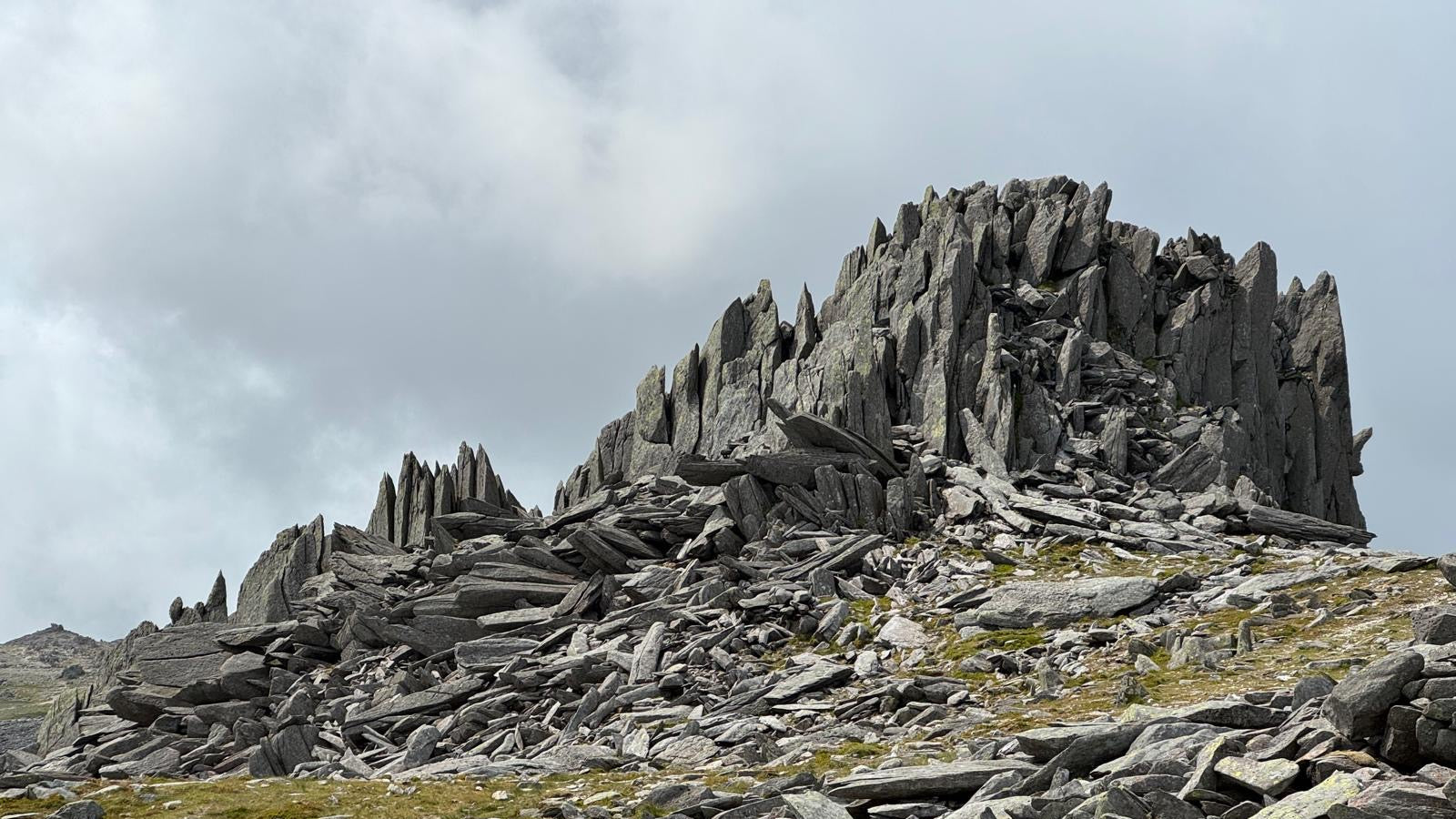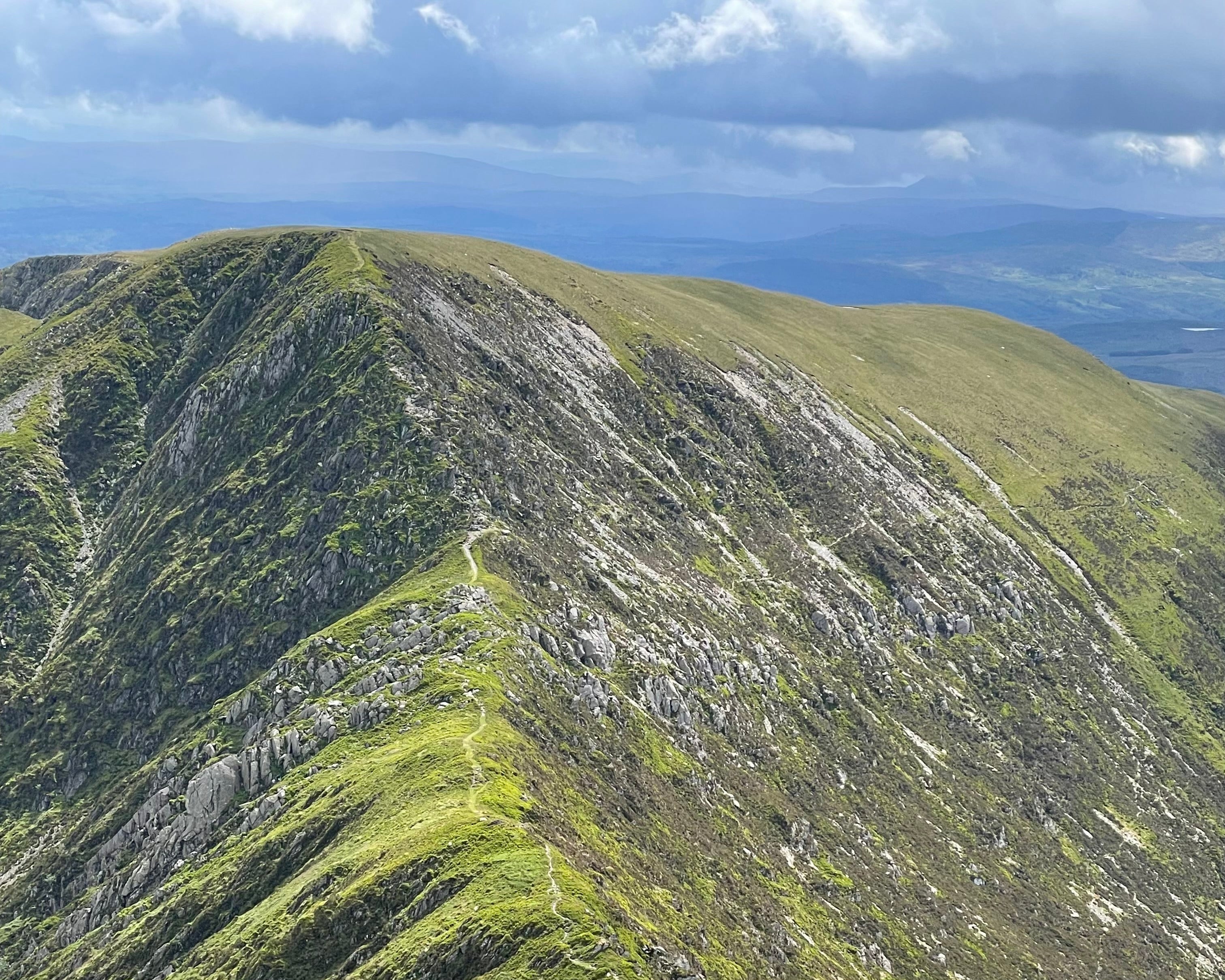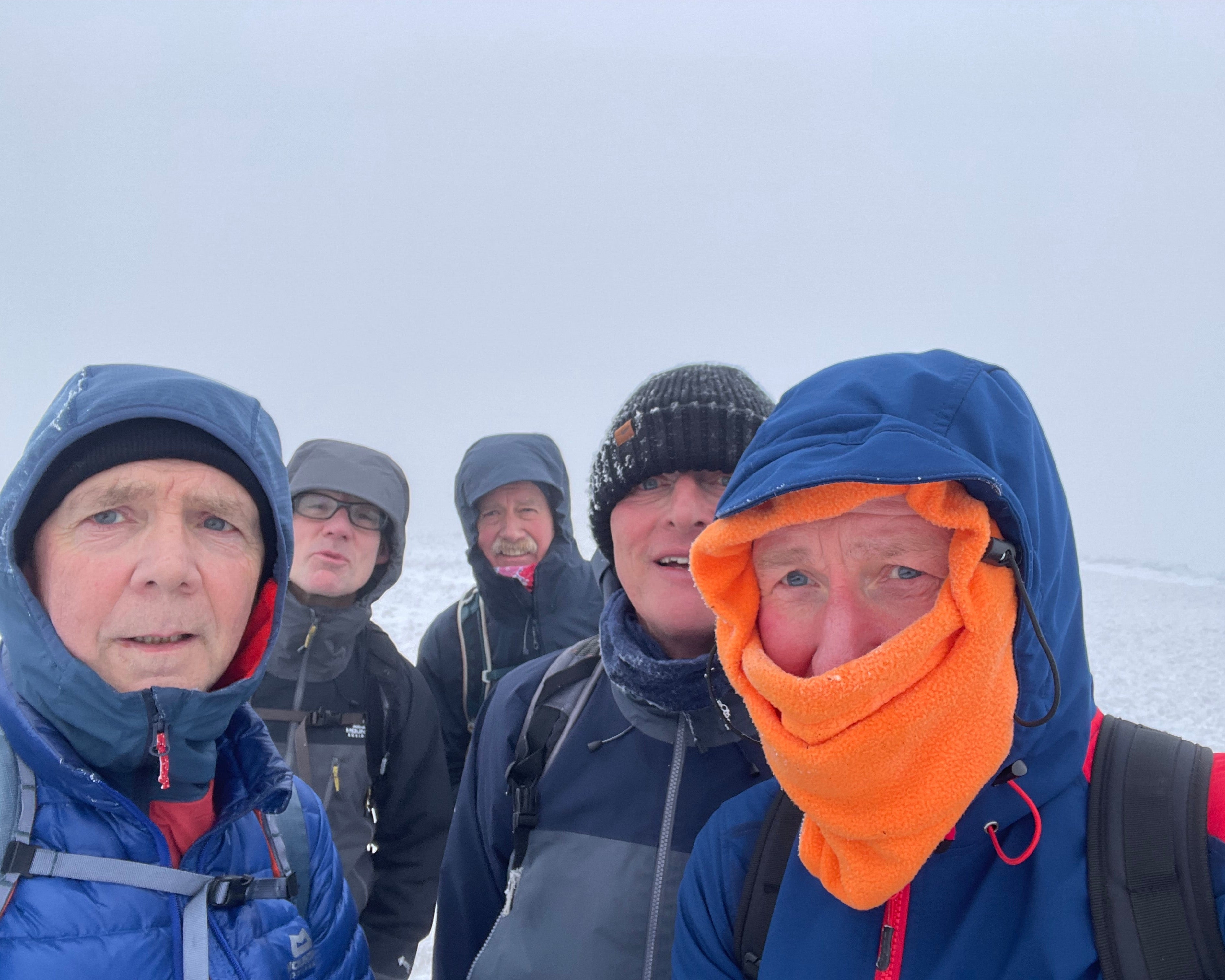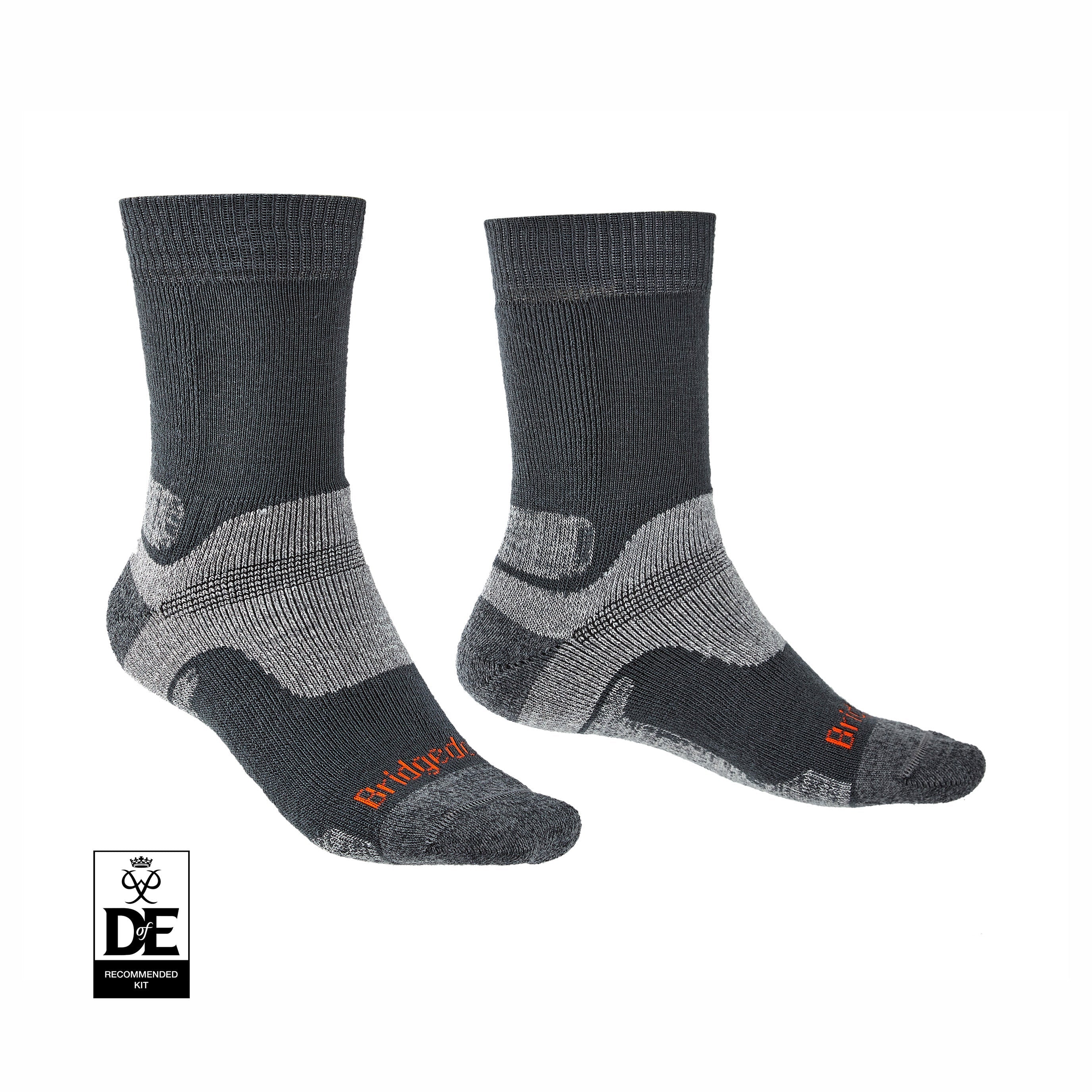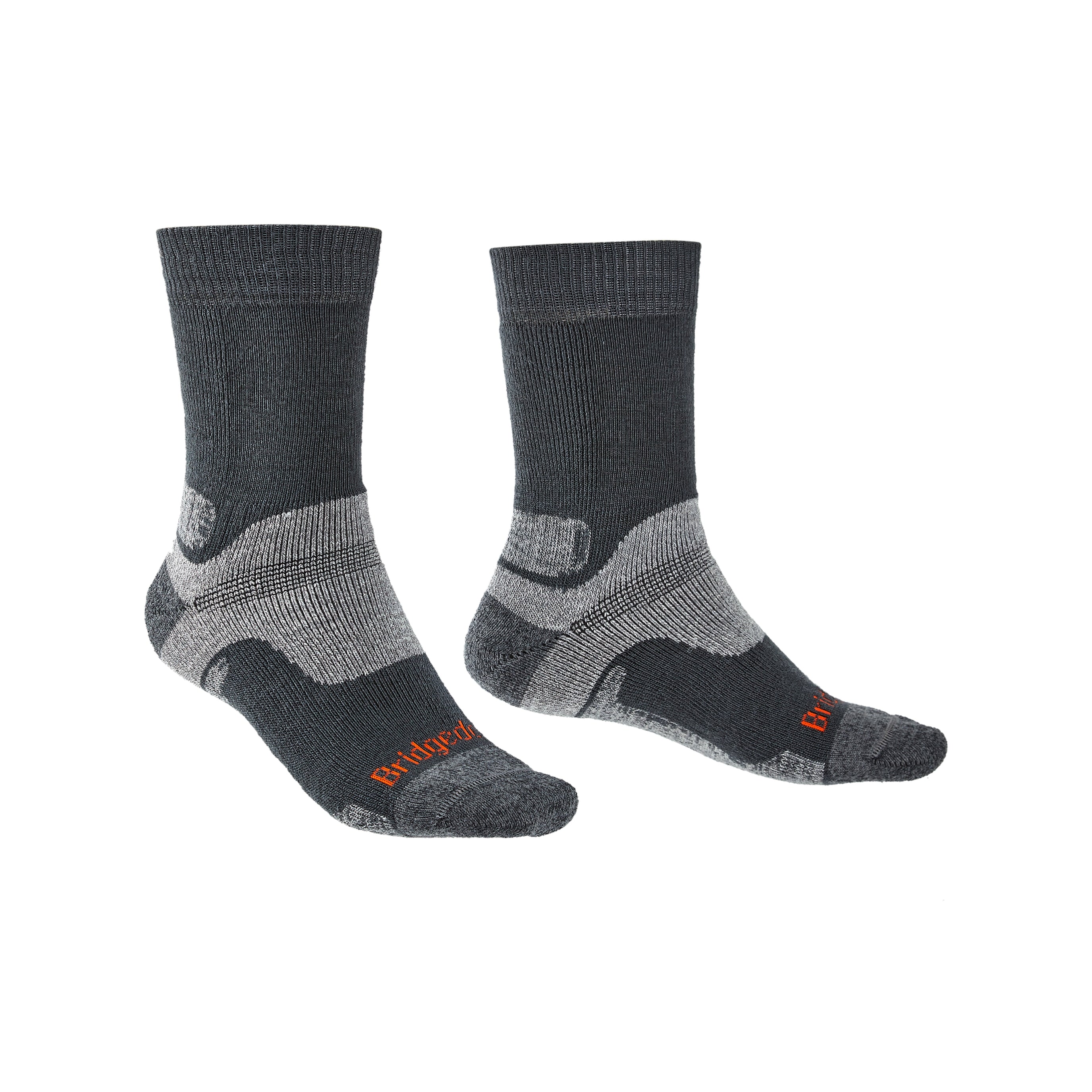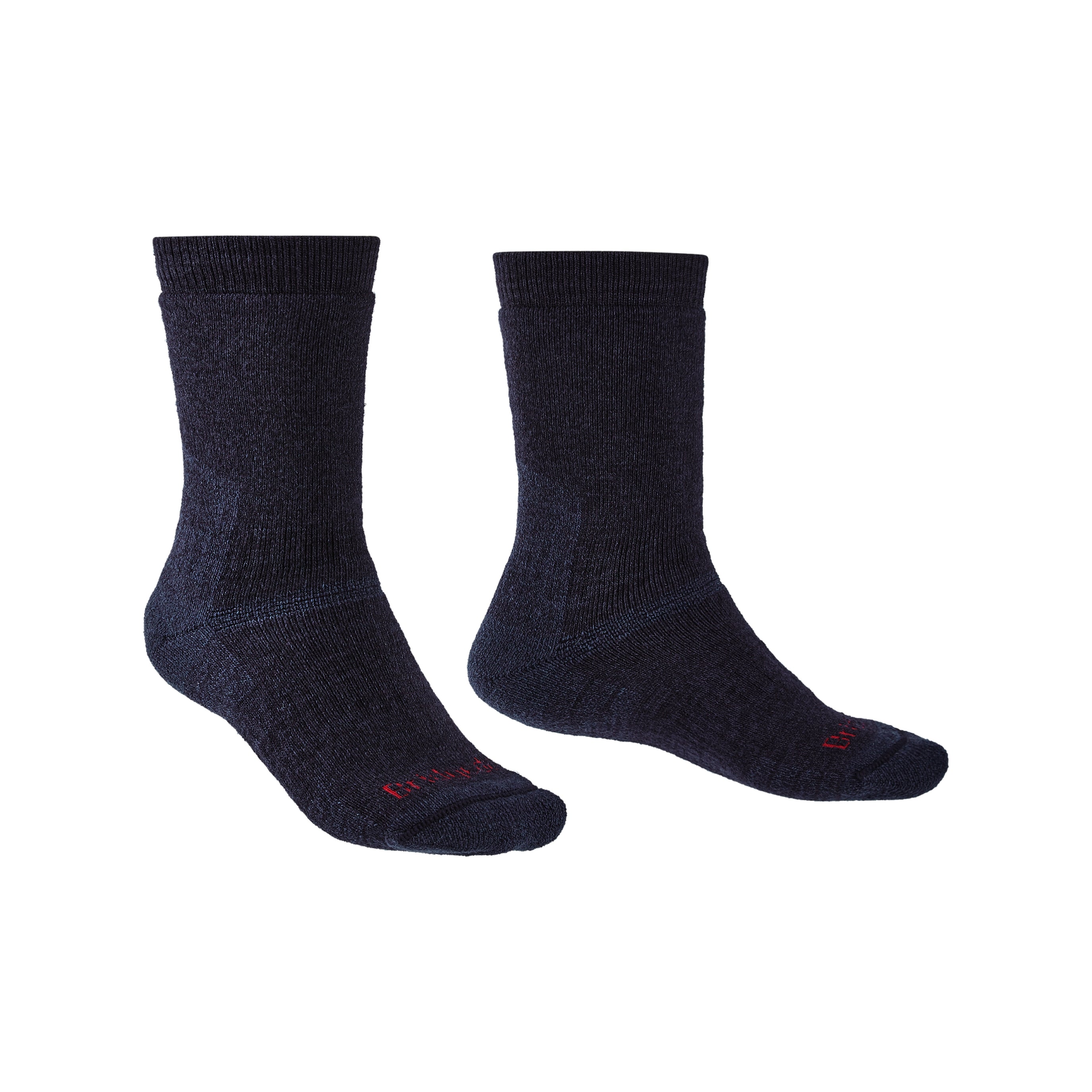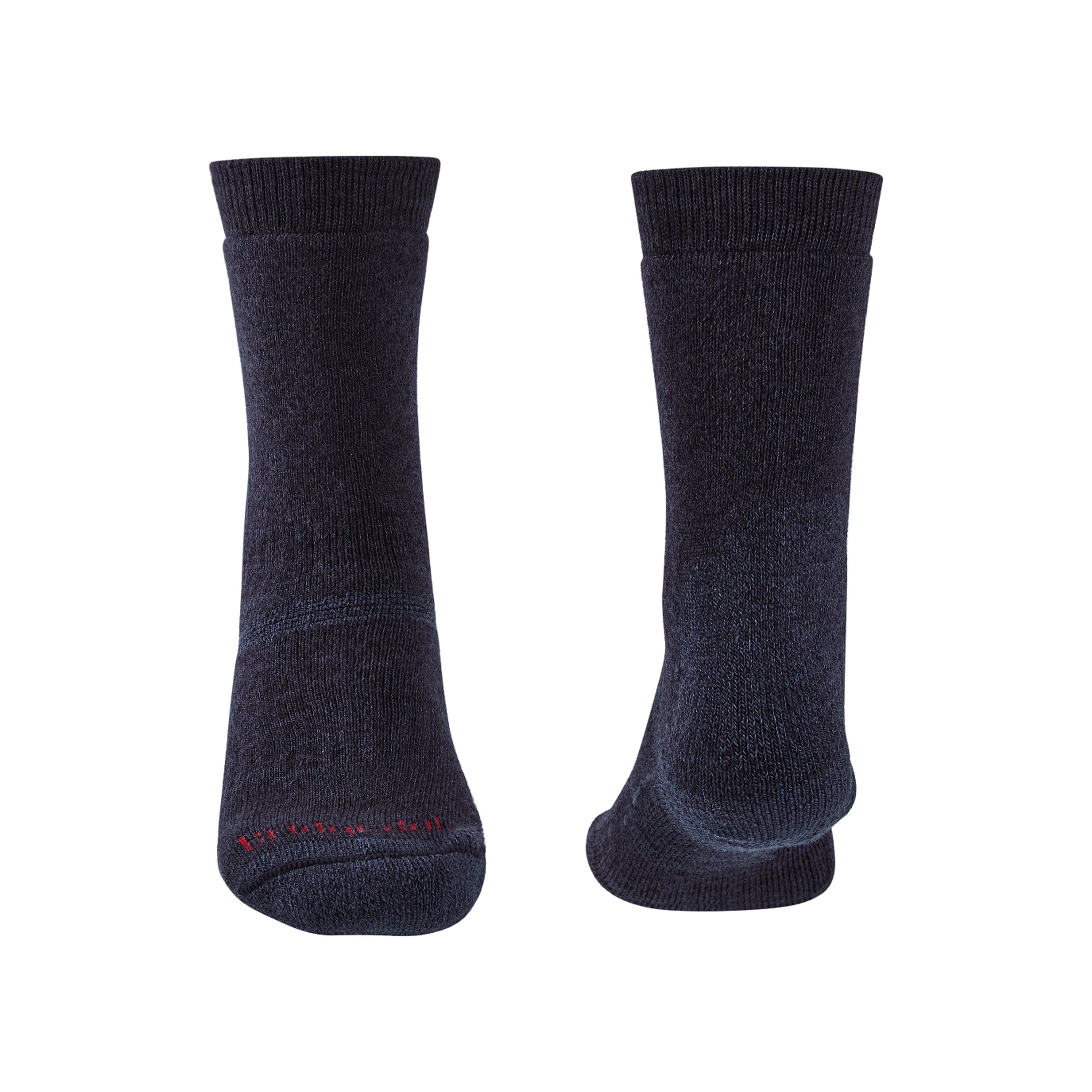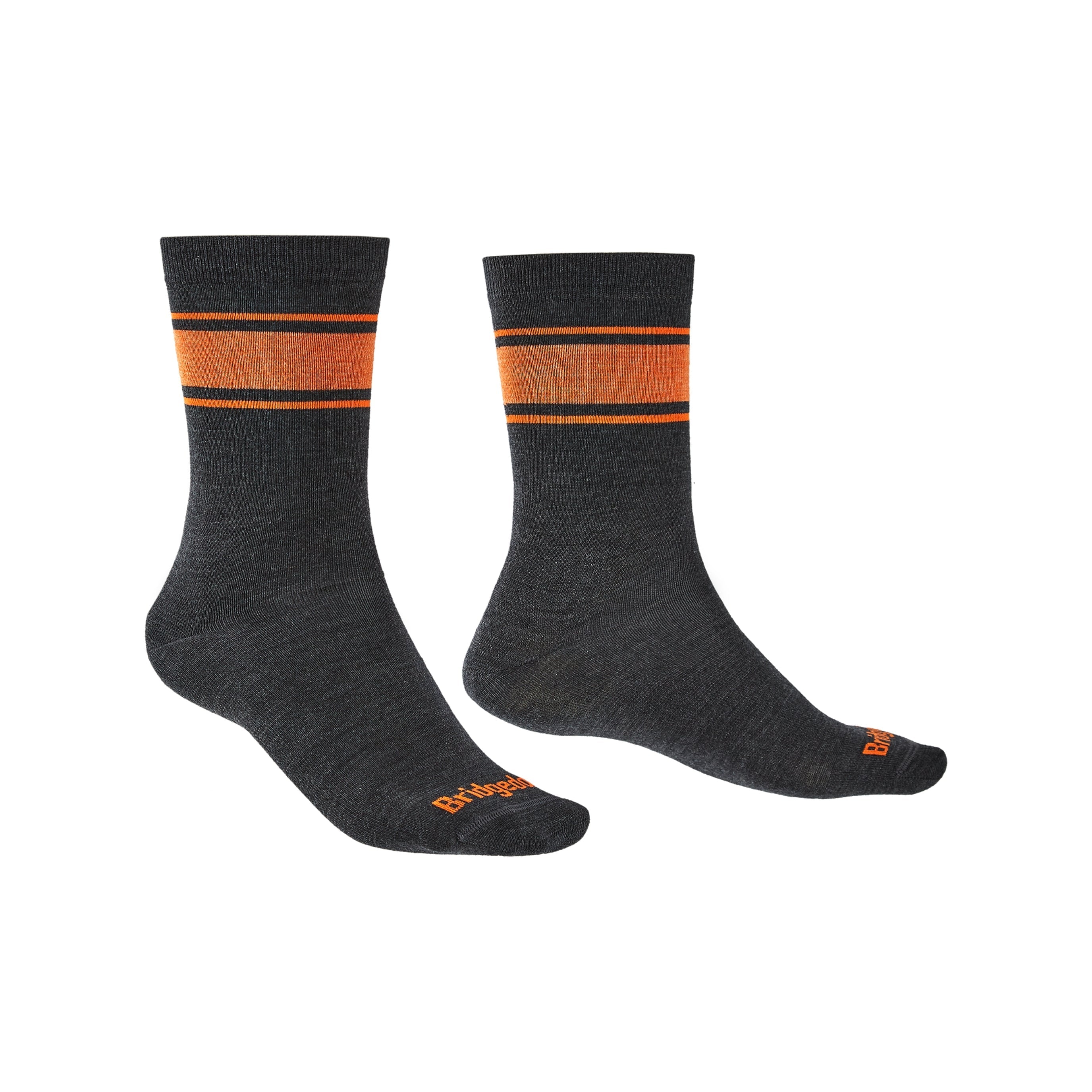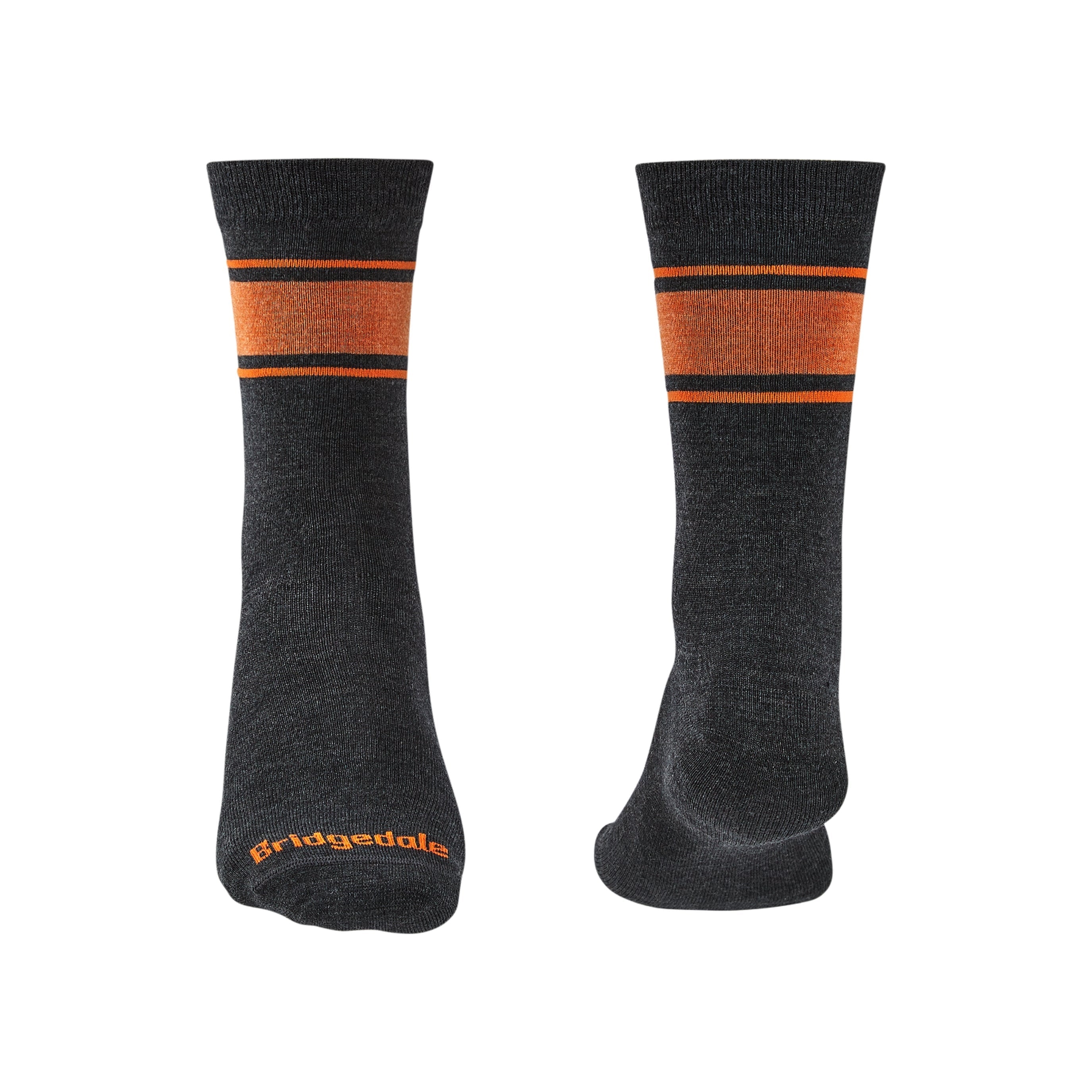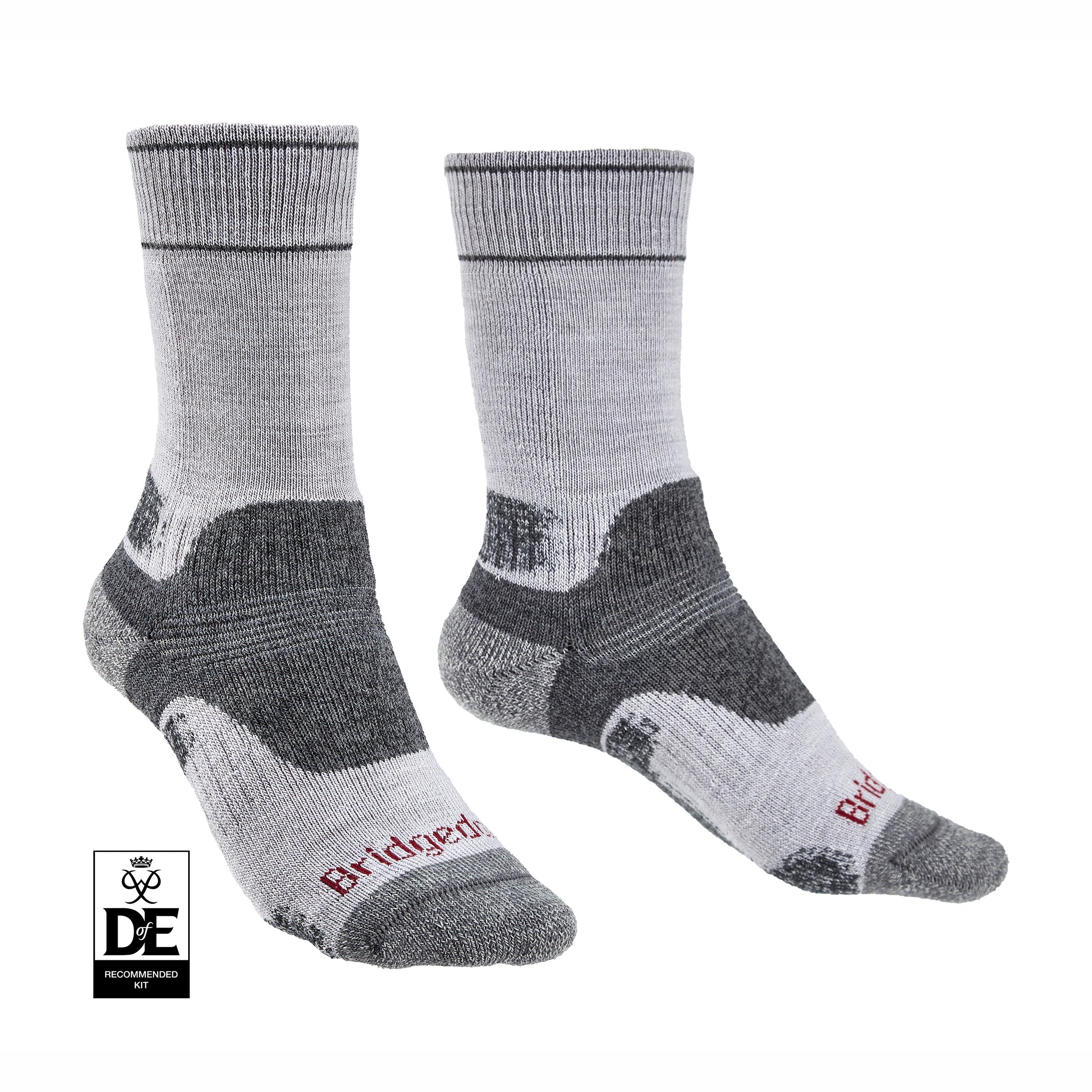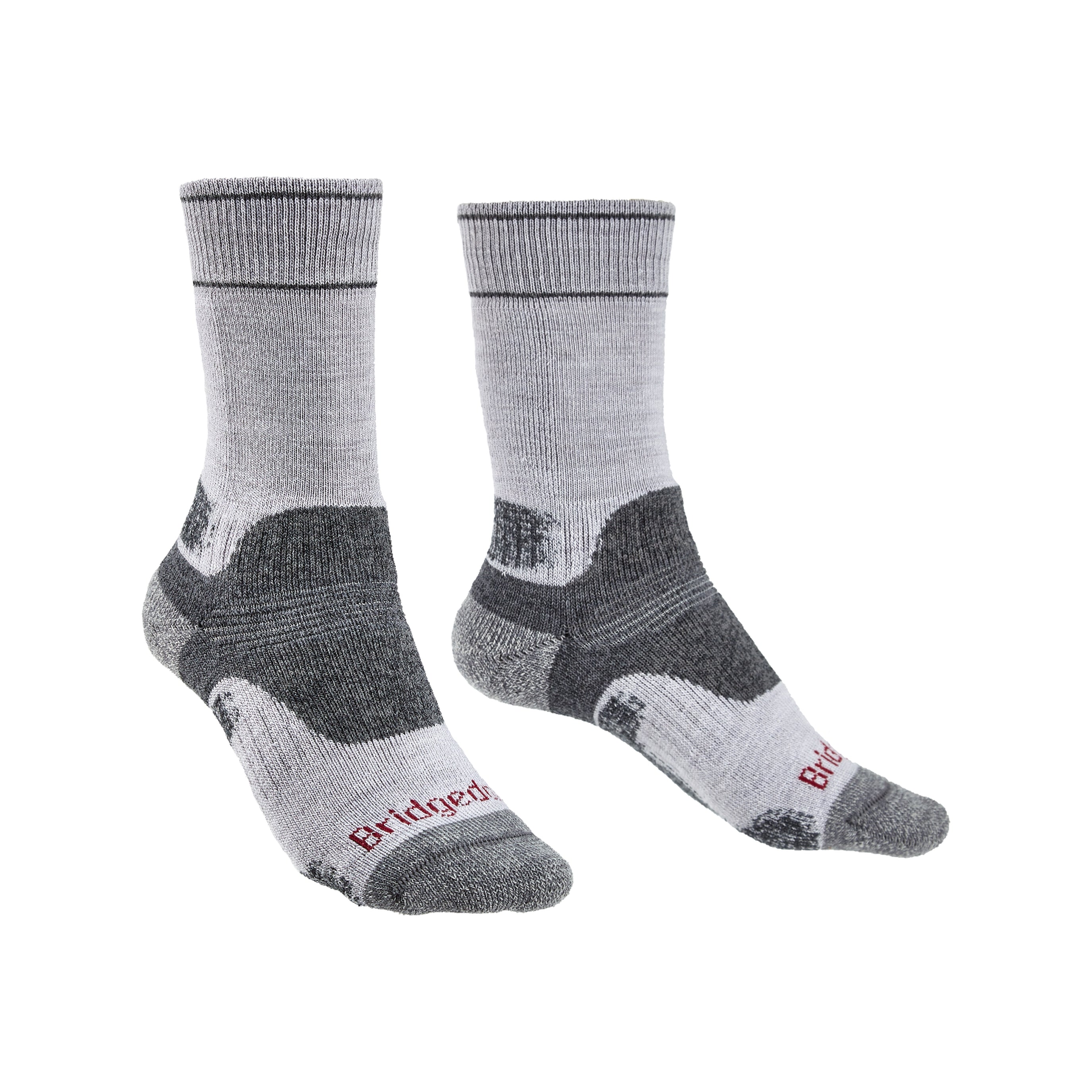Climbing Kilimanjaro with the Perfect Pair of Socks
Before the big climb
Kilimanjaro
Kilimanjaro, one of the ‘Seven Summits’ and highest mountain in Africa at 19,341 ft is a major hiking destination, climbing Kilimanjaro can have a varied success rate and the right equipment, can greatly increase the chances of a successful summit.
To no surprise Kilimanjaro is high on the list of ultimate treks, but preparing is the difference to what can make or break the perfect expedition. Mark, Bridgedale’s former MD, is getting ready to take on Kilimanjaro for a once in a lifetime adventure with a group of friends. For Mark preparing for the climb has been a fun and challenging way to begin his retirement. As an enthusiastic outdoors person he has always enjoyed walking
and hiking but has never before experienced high altitude where the oxygen level will only be 50% of that at sea level.
"I have always tried to keep reasonably fit, and in preparation for this trip we have been out on the hills and mountains of the Peak District, Snowdonia and the Lake District on numerous consecutive “big days” to get “mountain fit”.
A total of eight, six of whom are aged between 60 -67, who have been friends for circa 20 years are being joined by a son of the six plus a friend, who are both in their mid / late 30’s. The group are using Ian Taylor Trekking www.iantaylortrekking.com. This removes the stress of planning the trip, they will cover all the route planning, and provide the overnight camping facilities and all the food and water required for the trip. We will also be accompanied by experienced guides, who both know the route and more importantly can spot and help to control the effects of altitude sickness.
"Our training has covered winter days through to the recent hot summer days and everything in between. It has also given us the opportunity to test and get comfortable with our kit, including camping out in sub zero temperatures. The excitement is tempered by a degree of apprehension as how our bodies will react to the altitude.”
Entering the Kilimanjaro Zone
Mark and his group will be following the Lemosho route which takes 8 days to the summit and a day to return. The route crosses five major ecological climate zones, going from rainforests to artic zones. The national parks climate zones are very diverse and have been compared to venturing from the equator to the Antarctic with unique characteristics from each zone, form wildlife to greenery.
Starting out at the Cultivation Zone the daily temperature is around 21-32 degrees Celsius with a maximum altitude of 1,800, as you pass the rainforest and enter the Highland Alpine Desert Zone, the sun may be intense, but temperatures can be as low as -12 degrees Celsius before you enter the Artic Summit Zone which reaches the peak altitude of 5,895.
‘We need to ensure we have the right equipment for a safe and enjoyable experience’
When considering equipment Mark’s group needed to ensure they have the right gear and altitude preparation to keep comfortable, warm, and equipped for adverse weather as going through five climate zones causes varied climate conditions. Keeping your hands, feet, and body at a regulated body temperature is important for your health and mind.
There was clearly one choice for Mark and the group when it came to socks, Bridgedales! The group will be wearing light weight merino performance, at the lower level and moving to mid weight merino performance and Explorer for the day of the summit. In addition, they will be taking ultra-light merino performance liners. Mark and his group are using equipment they know, trust and have tried during the training days. Mountain Equipment figures high on the list for all the clothing requirements, gortex
waterproofs and sleeping bags. In addition, the group are using Trekmates, hats, gloves and Camelbak bladders together with a variety of brands of head torches and walking poles.
Going across different climate zones that range from 20 degrees to minus zones, layering is highly advisable and one of the best ways to keep cool and warm when you need it. This is something we understand is incredibly important, and this is exactly why we developed Bridgedale Liners which works as a layering technique for your socks, sounds strange I know, but it works! Using our Liners helps your socks last longer and means you don’t have to wash them as much or bring as many, which is really handy on multi day treks, like this one. Our Liners are thin, so they fit perfectly under a Bridgedale sock and if you want to wash them, they dry fast, it beats worrying about whether your socks will be dry in time for the next day.
Last but just as important, one word, Altitude! This is the one element that’s hard to train for. Altitude sickness affects everyone differently with side effects ranging from minor to requiring medical attention. Acclimatising to the mountain is highly important, by keeping hydrated and gradually increasing altitude helps the transition. The group carefully selected the Lemosho route, it is the longest route taking 8 days to the summit of Kilimanjaro, however is effective in altitude transition. This route has a high success due to longer distances, longer periods on the mountain and gradual increases in altitude. The other key elements in attempting to mitigate the symptoms such as headaches, disturbed sleep and sickness are remaining hydrated 2-4 litres of water per day, eating regularly and good sleep.
There is medication that can be taken, acetazolamide also known as Diamox, which can help your body to adjust to the lower levels of oxygen and reduce the risk and or severity of the symptoms. Some of the locals deal with high altitude zones regularly, and there advice is avoiding milk-based products, and ginger & coca leaves used in tea can really ease a headache and settle your stomach.

